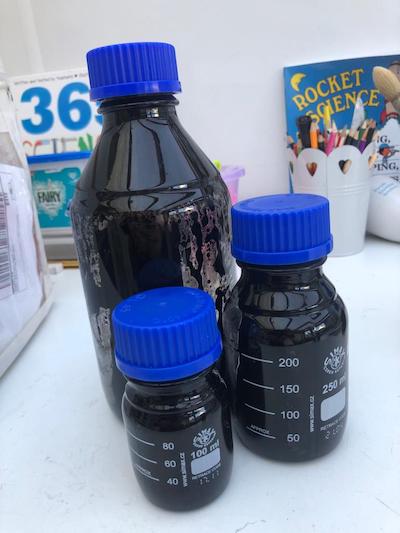Carbon Removal With Seaweed
Could you make valuable products from the Sargassum?
Seaweed Generation continues to be involved in using seaweeds for a whole range of products but due to the immediacy of the climate crisis is concentrating on utilising Sargassum’s excellent ability to sequester carbon to help reduce atmospheric CO2 concentrations.
Seaweed Generation is the result of over twenty years of algal research which culminated in our recent action to combat climate change and do something about the carbon crisis.
We believe that there is amazing potential to utilise seaweed (in particular Sargassum in the near term) in Carbon Dioxide Removal (CDR) processes, which is why we are leading with it.
We are frequently asked about making fuels, fertilisers and other products (like plastics and other materials) from Sargassum, and whether we could do that instead.
We have given heaps of consideration to many other products and services we could utilise Sargassum for. Take a look at some of our papers that we have put out into the public domain over the past few years on algae fuels made by hydrothermal processing1, and algae derived fertilisers2, nutraceuticals3, pharmaceuticals4 and feedstocks5.
After all of this work, we have come to the conclusion that Sargassum, and the limitations that are associated with a free floating, uncontrollable, seasonable biomass are not conducive to sustainable industrial manufacturing processes67.
The Sargassum also creates a major health risk when it gets beached and starts decomposing8. We think the best thing we can do is stop this happening and simultaneously enable essential research into one of very few scaleable pathways to gigatonne scale CDR.
If you think we’ve missed something, please do get in touch and tell us. We are always happy to discuss opportunities if you think we’ve overlooked something or you can help us make a breakthrough.
Here’s something to whet your appetite: we have successfully made a litre of biocrude from the hydrothermal liquefaction of Sargassum washed up on a Mexican beach.

We reckon it needs about $50-100M investment to possibly make it a viable process, but there are some significant challenges that need to be overcome first. If you can help and support us please get in touch. More information can be found here.
We’ll be publishing the phytohormone analysis of Sargassum, as part of our search for potentially useful molecules, soon as well.
-
Hydrothermal liquefaction of macroalgae for the production of renewable biofuels (Biofuels, Bioproducts and Biorefining) ↩
-
Analysis of Seaweeds from South West England as a Biorefinery Feedstock (Applied Sciences) ↩
-
Antiviral Potential of Algal Metabolites — A Comprehensive Review (Marine Drugs) ↩
-
Assessing the Conversion of Various Nylon Polymers in the Hydrothermal Liquefaction of Macroalgae (Environments) ↩
-
Biochemical and Elemental Composition of Pelagic Sargassum Biomass Harvested across the Caribbean (Phycology) ↩
-
Saltwater based fractionation and valorisation of macroalgae (Journal of Chemical Technology and Biotechnology) ↩
-
Sargassum seaweed on Caribbean islands: an international public health concern (The Lancet) ↩